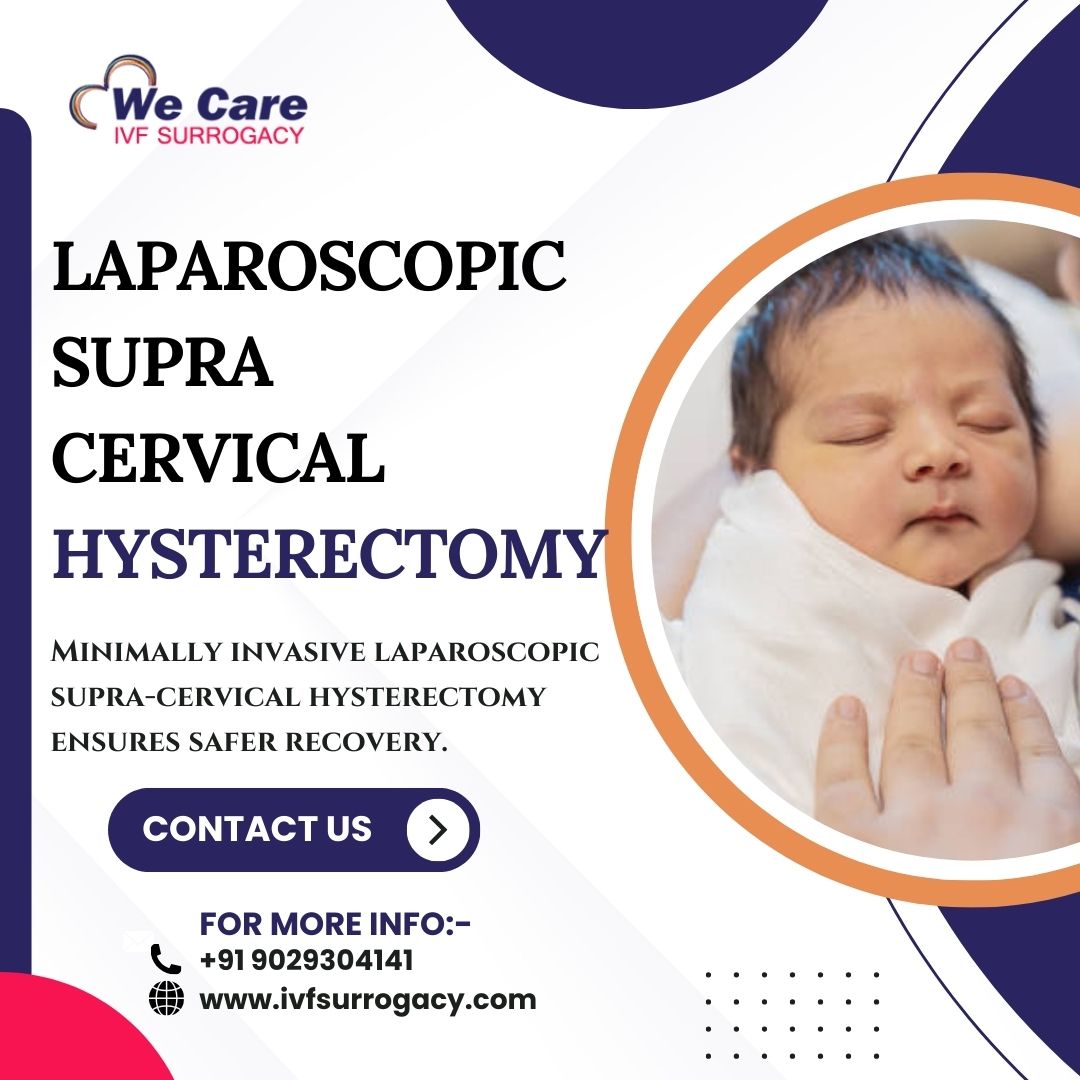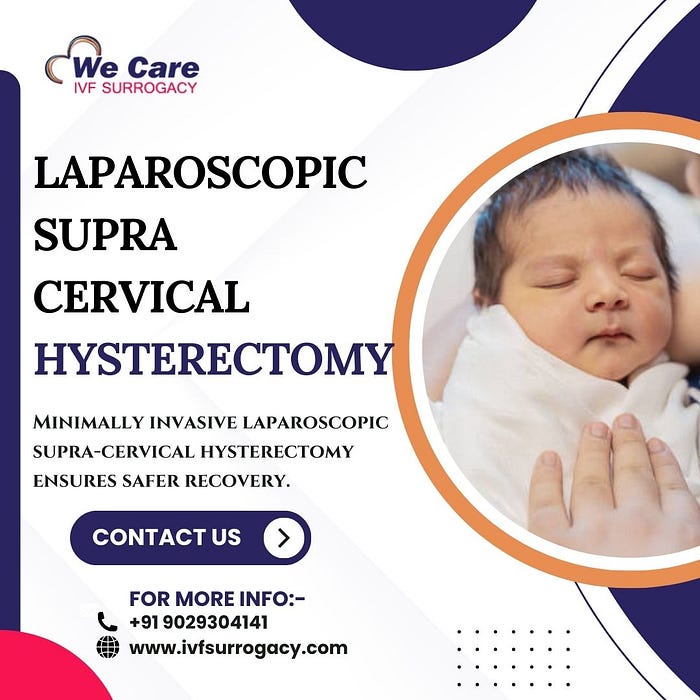Laparoscopic Supra-Cervical Hysterectomy (LSCH) is a cutting-edge, minimally invasive surgical procedure that has revolutionized the treatment of various gynecological conditions. It offers a less invasive alternative to traditional hysterectomy methods, allowing women to recover faster while maintaining effective outcomes.
What is Laparoscopic Supra-Cervical Hysterectomy?
Laparoscopic Supra-Cervical Hysterectomy involves the removal of the uterus while leaving the cervix intact. The procedure is performed using small incisions through which a laparoscope (a thin tube with a camera) and other surgical instruments are inserted. The uterus is carefully removed, and the cervix is preserved, helping to maintain pelvic support and potentially reducing the risk of vaginal prolapse in the future.
Why Choose Laparoscopic Supra-Cervical Hysterectomy?
Minimally Invasive
Unlike traditional hysterectomy, which involves a large abdominal incision, LSCH uses small incisions, leading to less trauma to the body. The use of a laparoscope allows the surgeon to have a clear view of the pelvic region, ensuring precision and reducing risks.
Faster Recovery
Because the incisions are smaller, the recovery time is significantly shorter. Most patients can return to normal activities within a few weeks, compared to the longer recovery time associated with traditional abdominal surgery.
Reduced Pain and Scarring
LSCH results in less postoperative pain and minimal scarring, as the incisions are small and placed in discreet areas, such as the belly button. This can be a significant benefit for patients concerned about aesthetics and post-surgical pain management.
Preserved Pelvic Floor Function
By retaining the cervix, LSCH helps maintain pelvic floor stability, reducing the risk of complications such as vaginal prolapse, which can occur if the cervix is removed.
Effective Treatment for Various Conditions
Laparoscopic Supra-Cervical Hysterectomy is often recommended for conditions such as heavy menstrual bleeding, uterine fibroids, endometriosis, chronic pelvic pain, and certain types of cancer. It offers a solution to these issues with a high success rate.
The Procedure
The surgery is typically performed under general anesthesia. The surgeon makes small incisions in the abdomen to insert the laparoscope and surgical instruments. Using advanced laparoscopic techniques, the surgeon carefully removes the uterus, leaving the cervix in place. The procedure typically takes 1 to 2 hours, depending on the complexity of the case.
Post-Surgery Care
After the procedure, patients are monitored in a recovery room for a few hours before being allowed to go home the same day or the next. While most women can return to normal activities within 2 to 4 weeks, they are advised to avoid strenuous exercise and heavy lifting during the recovery period. Regular follow-up appointments are essential to monitor healing.
Conclusion
Laparoscopic Supra-Cervical Hysterectomy offers a highly effective, minimally invasive solution for treating various gynecological conditions. With its numerous benefits, including quicker recovery, less pain, and minimal scarring, LSCH is becoming the preferred choice for many women. If you are considering a hysterectomy, consult with your gynecologist to discuss if this advanced procedure is the right option for you.






Comments